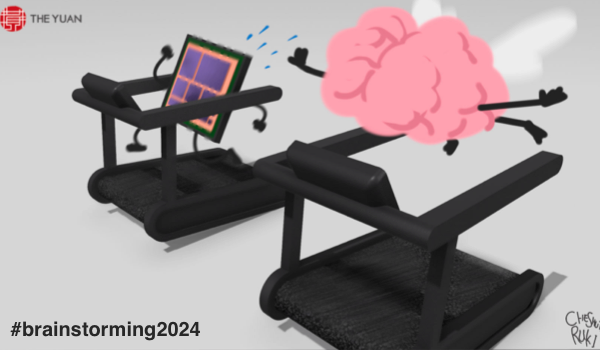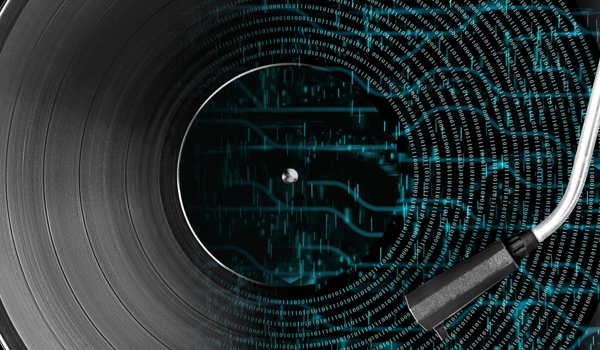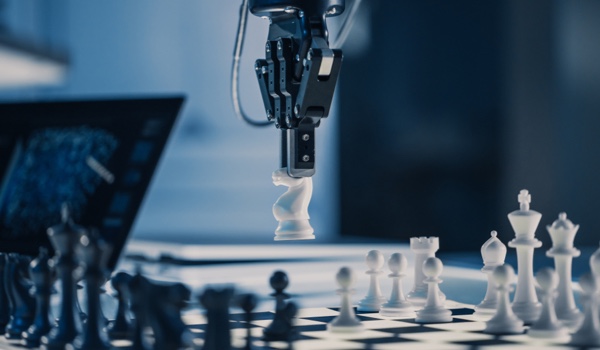


SHANGHAI - China Insights Consultancy (CIC), a top international consulting firm, and The Yuan global artificial intelligence (AI) community have jointly issued their Report on the Development Trend of Integrated Nuclear Medicine Diagnosis and Treatment, thereby garnering great attention to the fields of nuclear medicine and precision medicine driven by AI.
In a global first, the report interprets the process of development of integrated nuclear medicine diagnosis and treatment from three perspectives - the nuclear medicine industry, the state of development of radionuclide drug conjugates (RDC), and how AI intervenes and analyzes the development process of nuclear medicine transformation.
Their study identifies key variables and recites the methodology of how AI brings its value into play. It further recognizes that the combination of radiopharmaceuticals and AI is a clear trend and decodes the future of integrated nuclear medicine diagnosis and treatment.
"See it, Treat it! Nuclear medicine will become the cornerstone of the era of precision medicine," said Zhou Jian, chief analyst for The Yuan global AI community and one of the main authors of this report. Based on long-term follow-up research, the integration of nuclear medicine diagnosis and treatment is one rapid development direction in the field of tumor diagnosis and treatment, Zhou further noted. By substituting radioactive isotopes, the same conjugated drugs can be used for diagnostic imaging and therapeutic purposes, known respectively as radioligand imaging and radioligand therapy, he added.
Radioligand imaging mainly relies on such technologies as positron emission tomography and single-photon emission computerized tomography to reflect the physiological, pathological, biochemical, and metabolic changes of human tissues at the molecular level. Radioligand therapy uses a therapeutic drug that combines a ligand with a targeting effect with a
The content herein is subject to copyright by The Yuan. All rights reserved. The content of the services is owned or licensed to The Yuan. Such content from The Yuan may be shared and reprinted but must clearly identify The Yuan as its original source. Content from a third-party copyright holder identified in the copyright notice contained in such third party’s content appearing in The Yuan must likewise be clearly labeled as such. Continue with Linkedin
Continue with Linkedin
 Continue with Google
Continue with Google









 721 views
721 views








